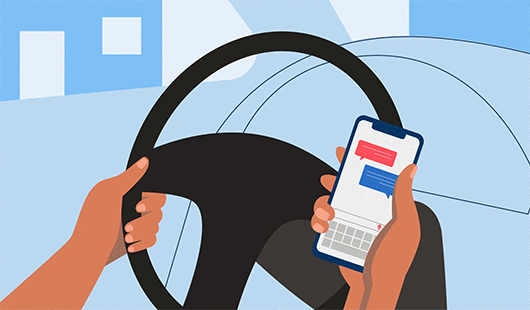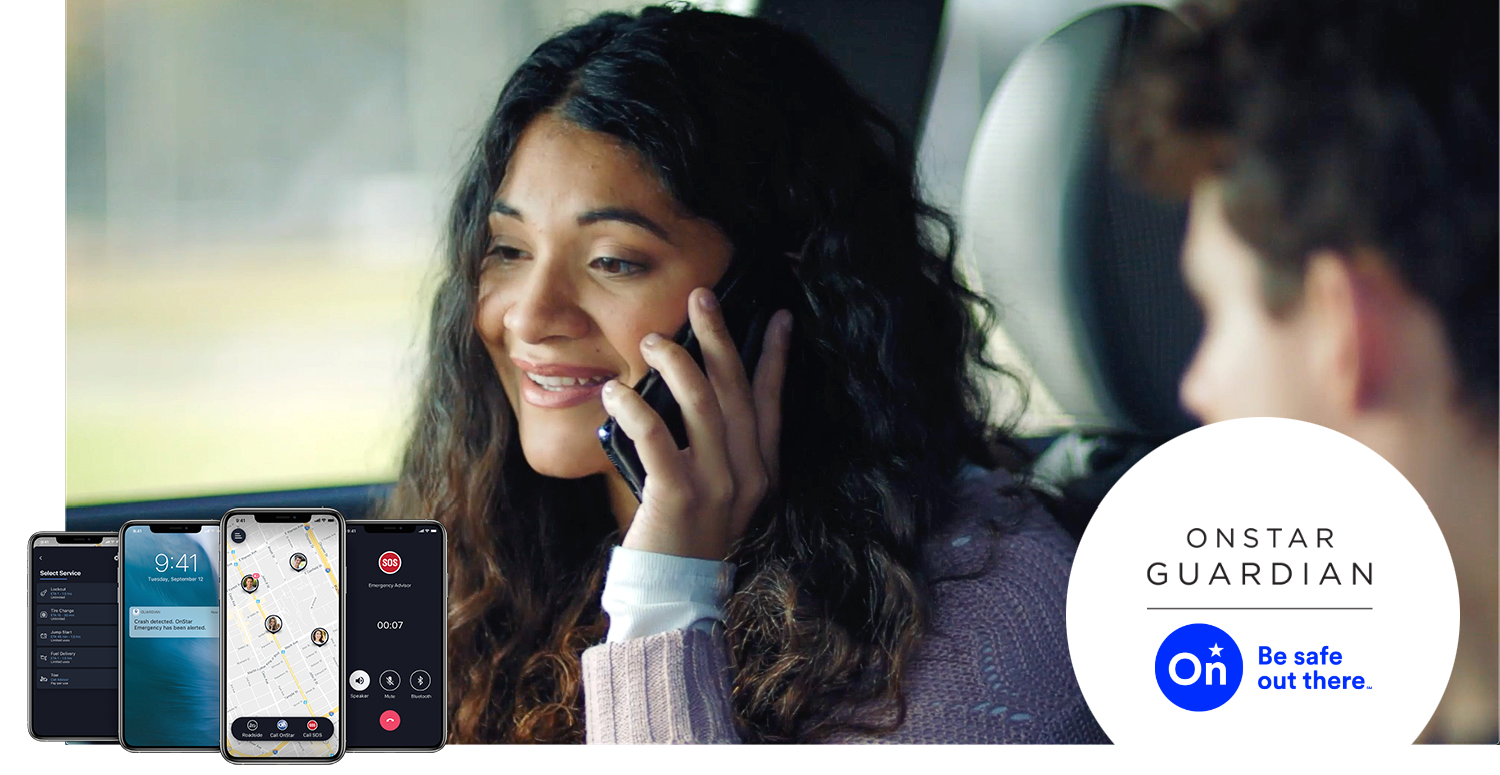Dramatizations shown throughout. Do not attempt.
In 2022, approximately 7 teenagers ages 13-19 were killed due to car crashes every day in the U.S.1
Having a teenage driver changes how you see the world. While you’re excited for them in this transition, you’re also understandably worried. Motor vehicle crashes are the 2nd leading cause of death for U.S. teens.1 In 2019, there were 1,603 young drivers, between 15-20 years of age, who died in traffic crashes.2 At GM, we look at safety holistically, to help keep both parents and their teens focused on the road.

What We Know
Research from safety leaders and government organizations helps us understand the dangers related to teen driving. We know that, in the United States, the fatal crash rate per mile driven for 16-19-year-olds is nearly 3 times the rate for drivers ages 20 and over.3 There are several contributing factors for the increase in risk.

Two's a crowd
When a teen driver has an additional passenger with them, the risk of being involved in a fatal car crash increases significantly.4
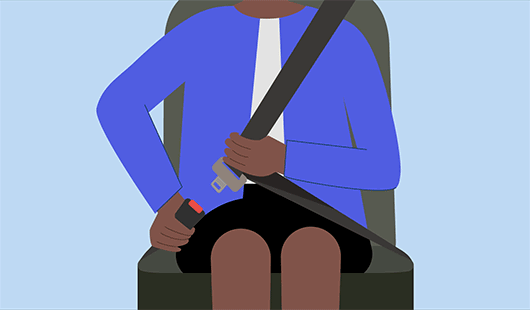
Buckle up
In 2019, 45% of young drivers involved in fatal crashes were known not to be wearing their safety belts.6

Speed kills
In 2019, speeding was a factor in 27% of fatal passenger vehicle crashes involving teens between the ages of 15 and 18.6
How GM Helps
Our holistic approach to safety is how we are trying to address distracted driving through research, technology and advocacy.
Technology
GM is committed to innovating safety, driver assist technologies and services for the benefit of teens and parents alike. Research from the Insurance Institute for Highway Safety (IIHS) shows that in-vehicle technologies could help to prevent or mitigate 41% of all crashes involving teen drivers and as many as 47% of teen driver injuries and 78% of teen driver deaths.7
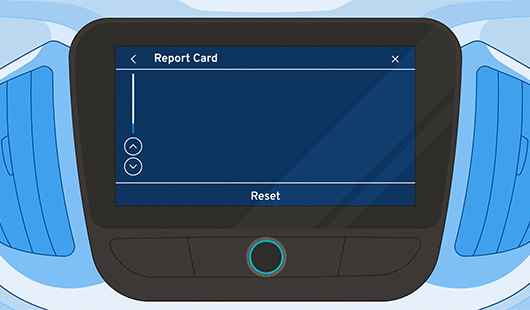
Teen Driver Technology
An available built-in system that helps you coach your new driver — even when you’re not there. Set speed alerts, volume limits and more — and with the industry’s first and only in-vehicle report card, it’s easy to track and monitor your teen’s driving performance.
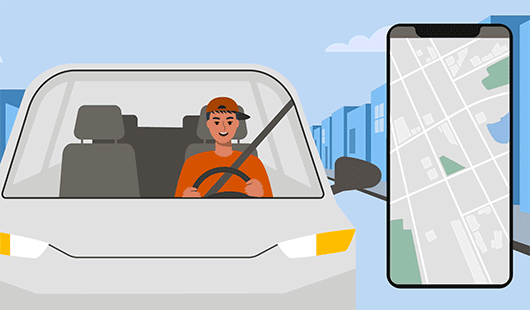
OnStar Guardian™9 App
Now your teen driver can take key OnStar safety services with them, even if they don’t drive an OnStar-equipped vehicle — or if they’re riding in a friend’s car. The App includes Mobile Crash Response10, which uses your smartphone’s sensors to detect a crash and alert an OnStar Emergency-Certified Advisor11.
Safety or driver assistance features are no substitute for the driver’s responsibility to operate the vehicle in a safe manner. The driver should remain attentive to traffic, surroundings and road conditions at all times. Visibility, weather and road conditions may affect feature performance. Read the vehicle’s Owner Manual for more important feature limitations and information.
Advocacy
GM works with nonprofit organizations to help raise awareness and educate on the various risks associated with teen driving.

Encouraging
Safety
60% of GM’s road safety nonprofit grant recipients are implementing education programs designed for the teen driver.13

DriveitHOME
An initiative from the National Safety Council designed for parents of new teen drivers which provides resources to help their teens build experience in order to help them become safer drivers. DriveitHOME is made possible through grant funding from General Motors.14

Teens in the Driver Seat
An initiative from Texas A&M Transportation Institute, Teens in the Driver Seat (TDS) is the first peer-to-peer traffic safety program that addresses major driving and passenger risks for teens. Through GM grant funding, TDS has impacted over 573K teens to date.15
A vision of zero crashes
GM is committed to helping create a future with zero crashes.
Get the full story
GM looks at safety from every angle. That’s why we’ve created an ongoing series of infographics that explore many aspects of road safety and what GM is doing to advance a safer world for all.
- Source: IIHS
- Source: NHTSA
- Source: IIHS
- Source: American Medical Association
- Source: Dingus et al. 2016
- Source: NHTSA
- Source: IIHS
- See onstar.com for details and limitations. Services vary by model. Service plan required.
- U.S. only. Available on select Apple and Android devices. Mobile Crash Response services are intended for use in vehicles only. Service coverage varies with conditions and location. Service availability, features and functionality vary by device and software version. Active OnStar Safety & Security plan or bundle, OnStar Guardian service plan add-on, cell reception, and device data connection required. Terms apply. Device permissions are required for app to operate properly. OnStar links to emergency services. Device and app may not transmit all crash data. See onstar.com for details and limitations. Pricing and availability subject to change. Cadillac owners are not eligible for this offer. Offer requires that you associate an approved payment method on file to your account and authorize recurring payments for your service plan. The amount and frequency of each recurring payment are based upon the service(s) and payment interval(s) you select from the options provided. You may cancel at any time by calling 1.888.4ONSTAR (1.888.466.7827).
- OnStar links to emergency services. Not all vehicles may transmit all crash data.
- Certified by the International Academies of Emergency Dispatch.
- Available on select GM models.
- Source: General Motors
- Source: National Safety Council
- Source: Texas A&M Transportation Institute
